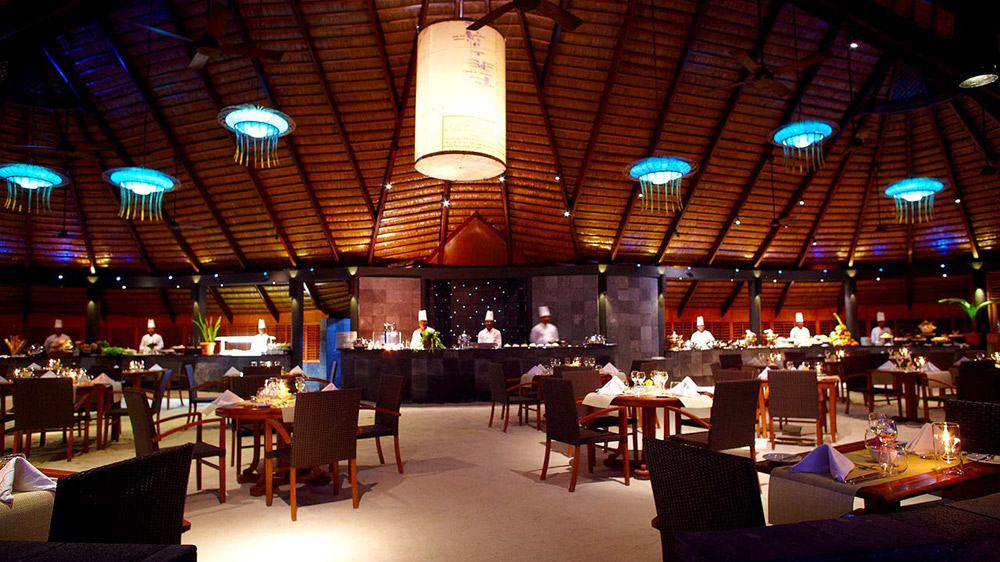The restaurant business in India, despite its allure and potential for high profits, has witnessed numerous failures over the years. Several factors contribute to the collapse of restaurants in this dynamic and challenging market. Here are some key reasons why many restaurant ventures fail in India:
1. Lack of Market Research
Many business owners enter the restaurant industry without conducting sufficient market research. They don’t comprehend the competitive environment, local preferences, or demography. This frequently leads to bad selections of locations, inappropriate menu items, and pricing policies that fall short of client expectations.
2. Inconsistent Quality and Service
Customers can rapidly get dissatisfied with inconsistent meal quality and service standards. Restaurants that fail to uphold consistent and high standards find it difficult to develop a devoted clientele. Poor service, inexperienced employees, and inconsistent food quality are just a few problems that can seriously harm a restaurant’s reputation.
3. High Operating Costs
In India, operating a restaurant can be expensive because of several variables like rent, salaries, raw material costs, and utilities. Cash flow issues arise from the ineffective financial management of many eateries. Low profit margins and high fixed costs can soon render a business unsustainable.
4. Regulatory and Compliance Challenges
In India, operating a restaurant legally requires holding a number of licenses and permits, making the industry highly regulated. This regulatory environment can be difficult and time-consuming to navigate. Fines, closures, and legal problems may arise from breaking local labor, health, and safety laws.
5. Poor Management and Leadership
Successful leadership and management are essential for every firm to succeed. This includes handling personnel, stock, money, and client interactions in the restaurant business. Customer discontent, excessive employee turnover, and operational inefficiencies can all be caused by poor managing abilities.
6. Inadequate Marketing and Branding
In a competitive market, having a strong brand identity and effective marketing strategy is essential. Many restaurants fail because they do not invest enough in marketing efforts. Without proper promotion, even a restaurant with great food and service can struggle to attract and retain customers.
7. Economic Factors
A solid brand identification and successful marketing plan are crucial in a cutthroat market. A common reason for restaurant failure is insufficient investment in marketing. Even a restaurant with excellent food and service may find it difficult to draw in and keep patrons without effective marketing.
8. Changing Consumer Preferences
The Indian food market is changing quickly as people start to make more adventurous and health-conscious meal choices. Restaurants that fail to keep up with these changing preferences or trends may lose relevance. Traditional establishments might struggle if they do not innovate or update their menus.
9. Supply Chain Issues
A reliable supply chain is critical for a restaurant’s success. Disruptions in the supply chain can lead to shortages of key ingredients, affecting menu availability and quality. Poor supplier relationships or dependence on a limited number of suppliers can exacerbate these issues.
10. Technological Adaptation
The landscape of restaurants has altered due to the emergence of food delivery services and the growing significance of having an internet presence. Restaurants risk falling behind their tech-savvy rivals if they don’t keep up with technology improvements like digital payments, internet ordering, and social media marketing.
Examples of Restaurant Failures in India
- Chilis in Delhi: Despite being a popular international chain, Chilis had to shut down several outlets in Delhi due to high operational costs, inability to maintain consistent quality, and stiff competition from local and other international brands.
- Sbarro in India: The American pizza chain struggled to adapt its menu to local tastes and faced stiff competition from established players like Domino’s and Pizza Hut. Its failure to localize its offerings and high pricing led to poor customer reception.
- Casa Piccola in Bangalore: Once a popular dining spot, Casa Piccola faced declining patronage due to its inability to keep up with changing consumer preferences and increasing competition from new-age cafes and eateries offering more diverse and contemporary menus.

Conclusion
The restaurant business in India is fraught with challenges that require careful planning, strategic management, and constant adaptation. Successful ventures are those that thoroughly understand their market, maintain high standards, manage their finances prudently, comply with regulations, and continuously innovate to meet evolving consumer demands. While the potential for success is significant, so are the risks, making it crucial for restaurateurs to navigate these pitfalls effectively.



Leave feedback about this